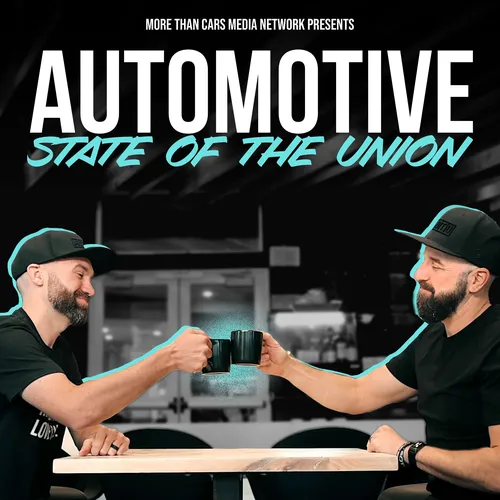Hopes Rising on Hydrogen, Amazon and Rivian Progress, Restaurants Copying Dealer Pricing
- Author
- ASOTU
- Published
- Mon 07 Nov 2022
- Episode Link
- None
Welcome to a fresh, shiny week in Retail Auto as we talk about the growing promise of the role of hydrogen as an alternative fuel. We also talk about the progress that has been made in the partnership between Amazon and Rivian, as well as new tech-enabled variable pricing at restaurants.
- We’ve expressed our optimism about hydrogen many times on this show and our friends at AN released a great article on the history and promise of this alternative fuel source over the weekend as companies and experts weigh in on the broad investment in the technology and a blended approach to the replacement of fossil fuels
- "It's finally happening," said Matt Thorington, engineering manager of fuel cells for global supplier Bosch, which said this year it will invest as much as $591 million in hydrogen production technology by the end of the decade.
- "There are things that don't work well with batteries," said Kristin Ringland, a global mobility analyst at Ernst & Young.
- Amazon’s fleet of Rivians EV delivery trucks have hit the milestone of 5 million packages delivered as there are now over 1,000 of the vans making deliveries on a regular basis
- Amazons full fleet consists of about 30,000 vans
- Starting in July, the EDVs first rolled out in Baltimore, Chicago, Dallas, Nashville, San Diego, and Seattle. Since then, they’ve been put into service in a bunch of new cities, including Austin, Boston, Denver, Houston, Indianapolis, Las Vegas, Madison, Newark, New York, Oakland, Pittsburgh, Portland, Provo, and Salt Lake City.
- The program was announced in 2019 w the goal of purchasing 100k vans and having them on the road by 2024 but that has been adjusted to the year 2030 citing supply chain blah blah blah
Restaurants are considering taking a page out of the Dealer and Airline playbook by trying their hand at ‘dynamic pricing’ due to the mass adoption of online ordering and digital menu systems. - This could include lowering prices during slow times to maximize staff, etc, and raising prices during peak demand times to maximize profits
- “The low-hanging fruit here is to use all of that data to figure out, when things are busy, how can I make more money from that?” Ashwin Kamlani, co-founder of Juicer, told Food On Demand. “If I own a pizzeria and I’m on a college campus and have a line out the door at 1 AM because all the kids have been out partying, are they really going to care that the pizza’s now $11 instead of 10? Probably not, but that’s 10 percent more I can make on every pizza and that’s a big deal.”
Join Paul J Daly and Kyle Mountsier every morning for the Automotive State of the Union podcast as they connect the dots across car dealerships, retail trends, emerging tech like AI, and cultural shifts—bringing clarity, speed, and people-first insight to automotive leaders navigating a rapidly changing industry.
Get the Daily Push Back email at https://www.asotu.com/
JOIN the conversation on LinkedIn at: https://www.linkedin.com/company/asotu/
